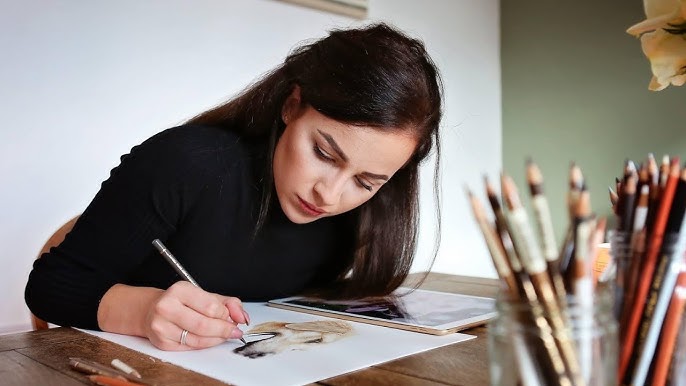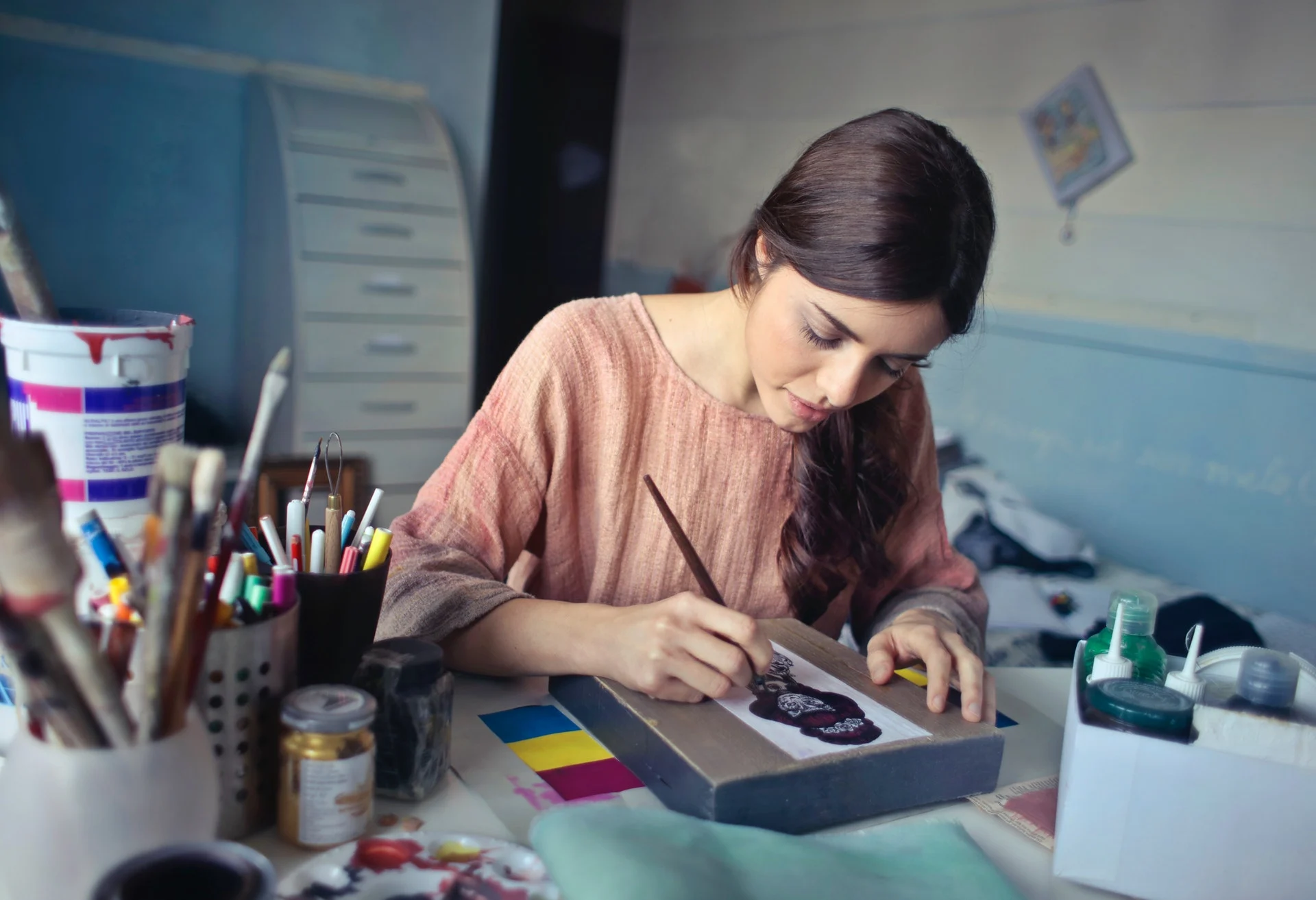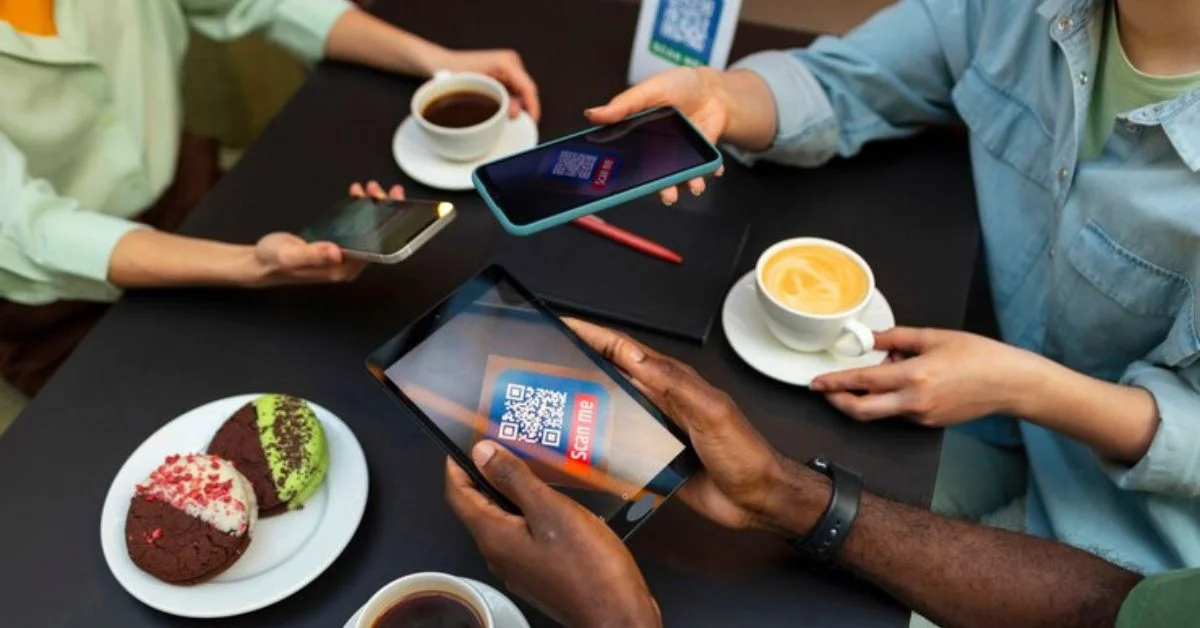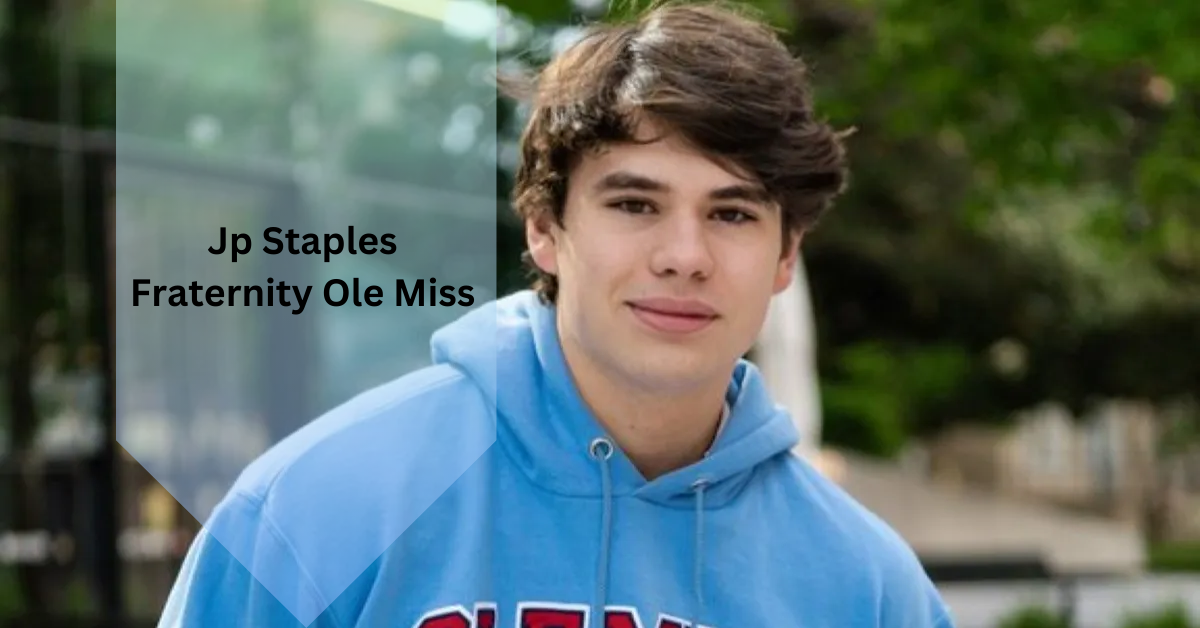Creativity is often seen as one of the most desirable traits in both personal and professional life. From artistic expression to problem-solving, being creative can unlock new possibilities and bring fresh ideas to the table. However, not everyone feels like they have a natural flair for creativity, and that’s completely okay.
In this article, we’ll explore some common signs that you might not be a creative person and how to embrace your strengths, whether they involve creativity or not.
What Does It Mean to Be Creative?

Before we dive into the signs, it’s important to first understand what creativity means. Creativity isn’t just about painting, writing, or composing music—it can also manifest as innovative thinking, finding new solutions to problems, and thinking outside the box in any area of life. Everyone has different levels of creativity, and it’s not always about artistic expression.
Signs You’re Not a Creative Person
While creativity is often celebrated in society, it’s normal for some individuals to feel disconnected from their creative side. Here are a few signs that might indicate you don’t identify as a creative person:
1. You Stick to Routines and Schedules
Creative individuals often thrive in environments where they can experiment and think outside of the box. However, if you find comfort in following a strict routine without straying, it might suggest a preference for structure over creativity. Creative people tend to embrace spontaneity and may enjoy trying new things without a preset plan.
2. You Have Difficulty Thinking Outside the Box
One of the defining features of creativity is the ability to think in unconventional ways. If you struggle to come up with new ideas or solutions to problems and prefer relying on familiar methods, it might be a sign that you don’t lean heavily on creative thinking.
3. You Don’t Enjoy Trying New Things
Creativity often involves exploration and trying new activities, experiences, and ways of thinking. If you’re the type of person who avoids stepping out of your comfort zone or dislikes anything unfamiliar, this may indicate a lack of creative curiosity.
4. You Prefer Logical, Step-by-Step Solutions
Creative problem-solving often involves abstract thinking, intuition, and seeing the bigger picture. If you tend to approach challenges with a logical, step-by-step mindset and struggle with more abstract or open-ended problems, it could suggest that creativity isn’t your strongest suit.
5. You Don’t Feel Inspired by Art or New Ideas
For many creative individuals, inspiration is found in nature, art, music, or even abstract concepts. If you rarely find yourself inspired or moved by new art, concepts, or even creative works like books and movies, it could indicate that creativity isn’t a major aspect of your personality.
6. You Rely on Others to Generate Ideas
Creativity often involves generating original ideas and having a unique perspective. If you find yourself relying on others to come up with ideas or concepts, and you prefer to follow rather than lead in creative endeavors, it may be a sign that you don’t naturally lean toward creative thinking.
7. You’re Resistant to Change
Change and creativity are closely linked. If you find yourself resistant to new ways of doing things or to changes in your environment, you may not be as inclined toward creative problem-solving or innovation. Creative individuals often embrace change, as it presents an opportunity to try new approaches.
Also Read: Satine Anais Geraldine Macht – The Rising Star You Need to Know About!
What to Do if You Don’t Consider Yourself Creative
If you identify with some of the signs mentioned above, don’t worry. Not everyone is naturally wired to be “creative” in the traditional sense, and that’s perfectly fine. Here are some things you can do to leverage your strengths:
1. Embrace Your Strengths
While you may not be the most creative person, you likely excel in other areas such as organization, attention to detail, or logical thinking. These are valuable skills that many creative professionals rely on. Embrace your strengths and focus on the areas where you shine.
2. Try to Tap Into Your Creativity
Even if you don’t feel naturally creative, you can try to stimulate your creativity with small exercises. Try taking up a new hobby, engaging in brain-storming sessions, or simply allowing yourself some time to relax and think freely. Creativity can often be nurtured over time.
3. Seek Out New Experiences
Creativity thrives on new experiences. If you feel stuck in a rut, try traveling, meeting new people, or engaging in activities that are outside of your usual routine. These experiences can open your mind to new ways of thinking and spark creativity in unexpected ways.
4. Collaborate with Creative People
If you’re not naturally creative, collaborating with people who are can help you learn and grow. Creative teams often work best when they bring diverse perspectives to the table. By working with others, you can still contribute meaningfully to creative endeavors, even if you’re not the one generating the original ideas.
FAQs About Creativity
1. What is creativity?
Creativity is the ability to generate new ideas, think outside the box, and approach problems in innovative ways. It can manifest in many forms, including art, problem-solving, and even day-to-day activities.
2. How can I know if I’m creative?
If you tend to think in unconventional ways, seek new experiences, and embrace change, you’re likely a creative person. Creativity is also about embracing new ideas and expressing yourself in unique ways.
3. What should I do if I’m not a creative person?
Focus on your strengths, try to nurture your creativity through new experiences, and collaborate with others. Creativity can be developed and expressed in many different ways.
4. Is it possible to become more creative?
Yes! By trying new activities, exposing yourself to different experiences, and allowing yourself time to think freely, you can enhance your creative potential.
5. Why do some people find it hard to be creative?
Some people may have a more logical or structured approach to problem-solving, which might make creative thinking feel less natural. However, creativity can still be nurtured through practice and new experiences.
Conclusion: Creativity Comes in Many Forms
While there are signs that you might not consider yourself a “creative person,” it’s important to remember that creativity is not one-size-fits-all. Some people may express their creativity through art, while others may channel it into problem-solving, innovation, or entrepreneurship. Embrace your unique qualities, and recognize that being creative is not limited to traditional artistic expression. If you feel you’re not naturally inclined toward creativity, that doesn’t mean you can’t develop it or contribute to creative processes in meaningful ways. Everyone has something valuable to offer!




